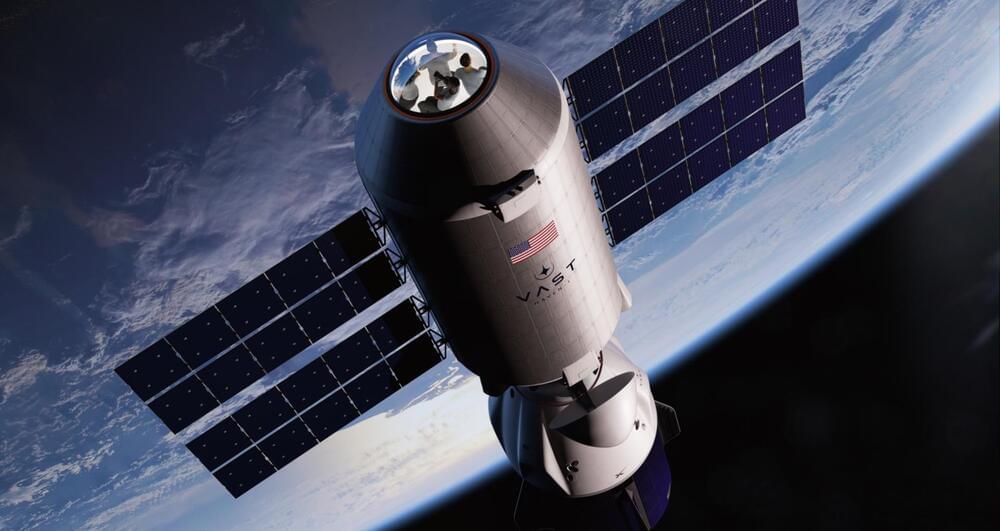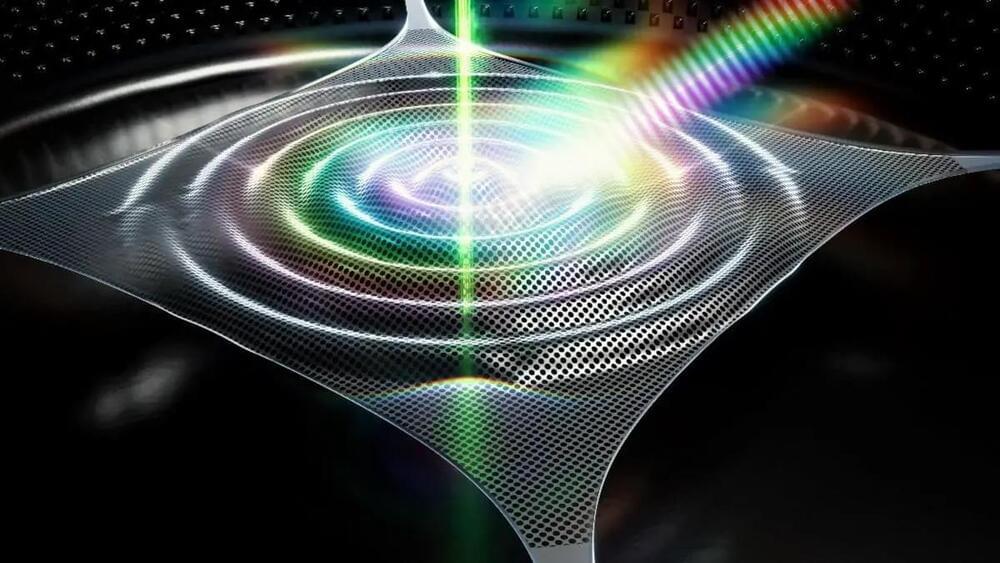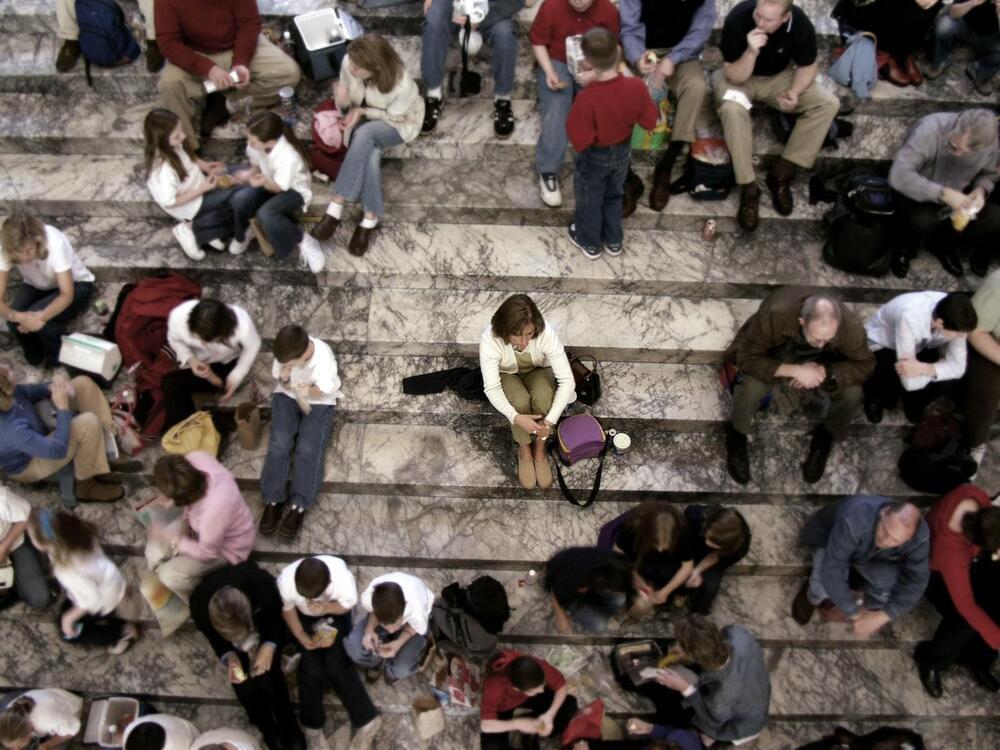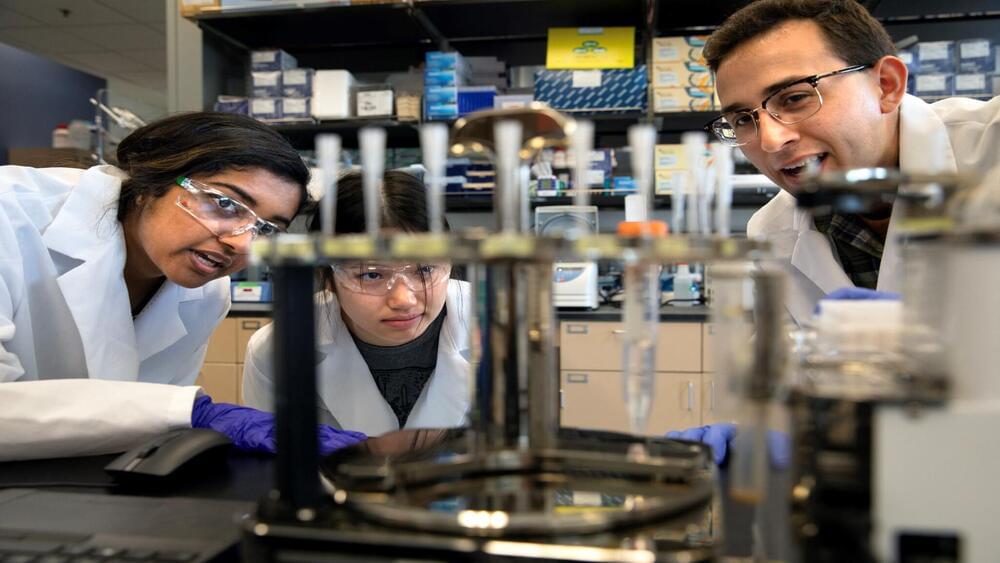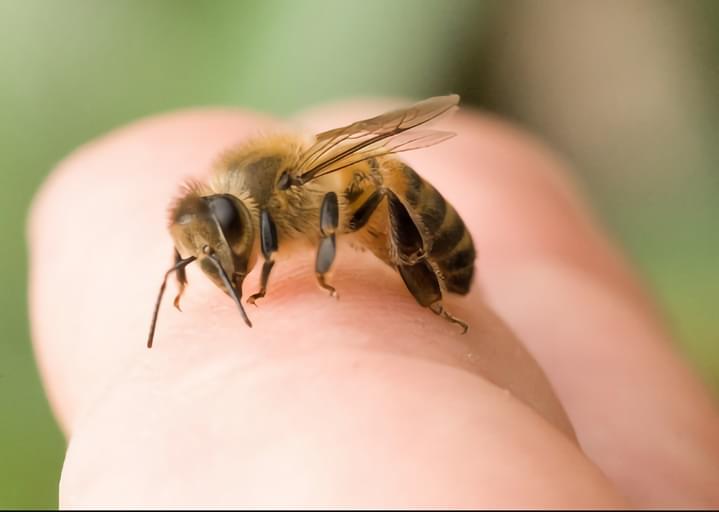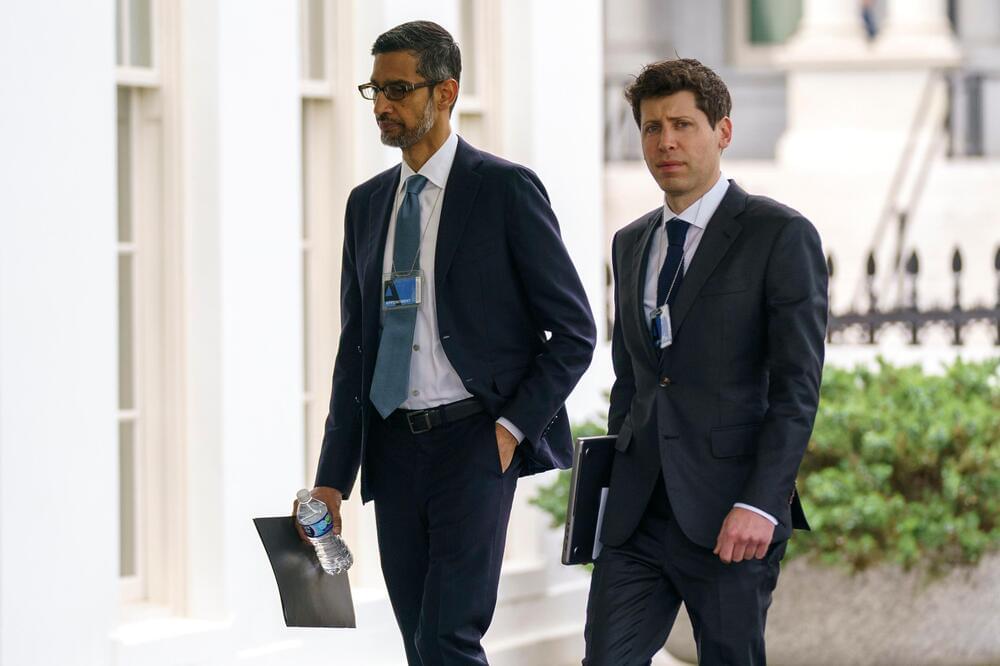Ocean microplastics have become a major source of concern, especially since they are so hard to track down, but researchers found an ingenious solution using satellites.
Ocean plastics have become a major source of concern for evironmental conservationists and public health professionals in recent years, and there hasn’t been a good way to track how these plastics are moving or their concentrations. But now, researchers from the University of Michigan have developed an ingenious way to track the ebb and flow of these microplastics around the world thanks to NASA satellites.
Solarseven/iStock.
Microplastics are the remnant pieces of larger plastics that have disintegrated over time due to chemical and physical processes, and are typically measured as less than 5mm in size. The underlying plastic compounds remain intact even as the plastic fiber or particle gets physically smaller, and plastics do not chemically decompose.

